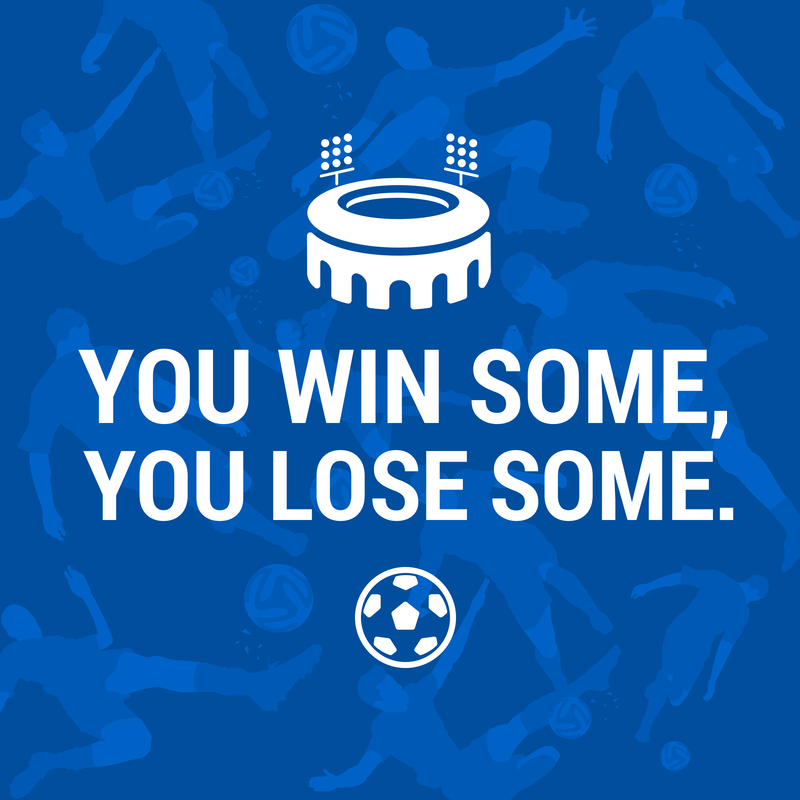TOP TALK
Cracking the TED Code: Takeaways from “Talk Like TED: The 9 Public Speaking Secrets of the World’s Top Minds”

Posted By Kathy Wilson on July 11, 2014
What do filmmaker J.J. Abrams, architect Frank Gehry, musician Bono, food writer Mark Bittman, diplomat Madeleine Albright, and actress Jane Fonda all have in common? Apart from being household names and among the best at their chosen professions, they've each shared their stories at TED, the annual conference launched in 1984 as a place where Technology, Entertainment and Design converge. Thirty years later, TED has broadened to cover a range of topics — from science to business to global issues — and has spawned the independently run TEDx events that help share ideas in communities around the world.
Thanks to the quality of its speakers — the already famous and the not-so-famous alike — the invitation-only "big" TED and TEDx events are consistent sellouts. So what is it about these speakers that give TED its rightful reputation as a place where game-changing ideas are launched?
Author Carmine Gallo attempts to break it all down for us in his book, Talk Like TED: The 9 Public Speaking Secrets of the World's Top Minds. Gallo, a business communications coach and former broadcast media correspondent, believes "ideas are the currency of the twenty-first century" and that those people who are exceptionally good at presenting their ideas are elevated in stature and influence in today's society.
The book looks at the techniques shared by some of the world's greatest communicators, along with Gallo's insights from years of coaching some of the world's top business leaders, an impressive group including Steve Jobs. If you've ever wanted to present at TED, this book is a great read. Even if your goal is simply to become a more effective presenter in your everyday business life, the tips Gallo shares will take you a long way towards achieving that objective.
Talk Like TED is divided into three parts that reveal the three components of an inspiring presentation: emotional (those that touch one's heart), novel (those that teach us something new), and memorable (those that present content in ways one will never forget). Gallo shares examples of past TED speakers and the specific approaches they took to mastering each of these components. Here's a closer look.
I. Emotion:
Passion
Gallo's book talks at length about the value of passion as part of any good storytelling. But what one is passionate about isn't always obvious. Gallo shares the example of Aimee Mullins, a double amputee and world record holding Paralympic runner. Mullins' TED talk launched a conversation that changed the way society looks at people with disabilities. But Mullins "isn't passionate about prosthetics; she's passionate about unleashing human potential." Gallo shares scientific evidence that shows passion is contagious and that speakers "stand a greater chance of persuading and inspiring your listeners if you express an enthusiastic, passionate, and meaningful connection to your topic." Or in other words, "What makes your heart sing?"
Aimee Mullins: My 12 pairs of legs
Mastering the Art of Storytelling
Gallo argues that the best speakers are the ones who "break down the wall with stories" because "stories plant ideas and emotions into a listener's brain." There are three simple, effective types of stories: personal stories, stories about others, and stories about brand success. Stories "illustrate, illuminate, and inspire."
Have a Conversation
It may seem counter-intuitive, but Gallo believes "it takes practice to appear natural." He advises speakers to "practice relentlessly and internalize your content so that you can deliver the presentation as comfortably as having a conversation with a close friend." This includes keeping a close eye on the four elements of verbal delivery: rate, volume, pitch and pauses; using gestures effectively; and avoiding distracting body language like fidgeting or standing rigidly in place, hands in pockets.
II. Novel
Teach People Something New
The human brain loves novelty, Gallo says. "An unfamiliar, unusual, or unexpected element in a presentation intrigues the audience, jolts them out of their preconceived notions, and quickly gives them a new way of looking at the world."
Deliver Jaw-Dropping Moments
When Bill Gates wanted to make a point at TED about the dangers of malaria, he brought along a jar of mosquitos. Gates said, "Malaria is, of course, transmitted by mosquitoes. I brought some here, just so you could experience this. We'll let these roam around the auditorium a little bit. There's no reason only poor people should have the experience." Jaw-dropping moments like these (even though, of course, the mosquitoes posed no malaria threat to the TED audience) "create what neuroscientists call an emotionally charged event, a heightened state of emotion that makes it more likely your audience will remember your message and act on it." Gates' presentation was 18 minutes in length and the mosquito part took up less than five percent of his total speaking time. Yet, that is the part of the presentation most people remember the most. Every presentation needs one of these moments, says Gallo.
Bill Gates: Innovating to zero!
Lighten Up
Gallo advises speakers not to take themselves, or their topic, too seriously. Because the brain loves humor, speakers should give the audience something to smile about. This is because humor lowers defenses, making audiences more receptive to a message. You don't have to try to be Jerry Seinfeld on stage. But think back to "anecdotes, stories, observations, or insights that have made you or your colleagues smile in the past. If they worked there and are appropriate to your presentation, weave them into your narrative and practice telling it."
III. Memorable
Stick to the 18-Minute Rule
TED presentations must not exceed 18 minutes in length. That's because researchers have discovered that "cognitive backlog" — too much information — prevents the successful transmission of ideas. Gallo suggests speakers should keep in mind the "rule of three" — in other words, structuring their presentation in three main sections or themes. Gallo shares his message map for readers interested in crafting their presentation in this manner: Step One: create a Twitter-friendly headline; Step Two: support the headline with three key messages, and Step Three: reinforce the three messages with stories, statistics, and examples. Gallo reminds us "constrained presentations require more creativity. In other words, what isn't there makes what is there even stronger."
Paint a Mental Picture with Multisensory Experiences
Or, put more simply, "visualize content." Avoid the trap of word-heavy PowerPoint slides. Show more photos. Use interesting props that bring your stories to life.
Stay in Your Lane
This chapter is about being authentic, open, and transparent in your presentations. Audiences can spot a phony a mile away. Gallo argues that TED speakers are adept at finding his or her own passion about the topic to make an authentic connection with their audience. Don't try to be anyone else — "stay in your lane" and stay true to your authentic self.
Talk Like TED
The recommendations Gallo makes in Talk Like TED are sure to make anyone a more effective speaker. So whether you've got a TED speaking slot lined up, or are presenting to a small group of colleagues, give the book a read. I found myself nodding in agreement throughout and am looking forward to putting some of Gallo's techniques to work myself.
Learn more about how Tier One can help you secure your next speaking opportunity.

Kathy Wilson
Kathy Wilson is a Co-founder and Managing Partner at Tier One, where she leads the agency's Boston office and serves as a strategic client counselor. She taps her three decades of experience in B2B and B2C technology, digital healthcare, and financial services — including work counseling major brands like SAP, Citrix, Ultimate Software, GHX, and Ally Financial — to help clients meet critical business and marketing objectives. Kathy is a die-hard Red Sox fan and loves nothing better than a summer day at Fenway Park.



